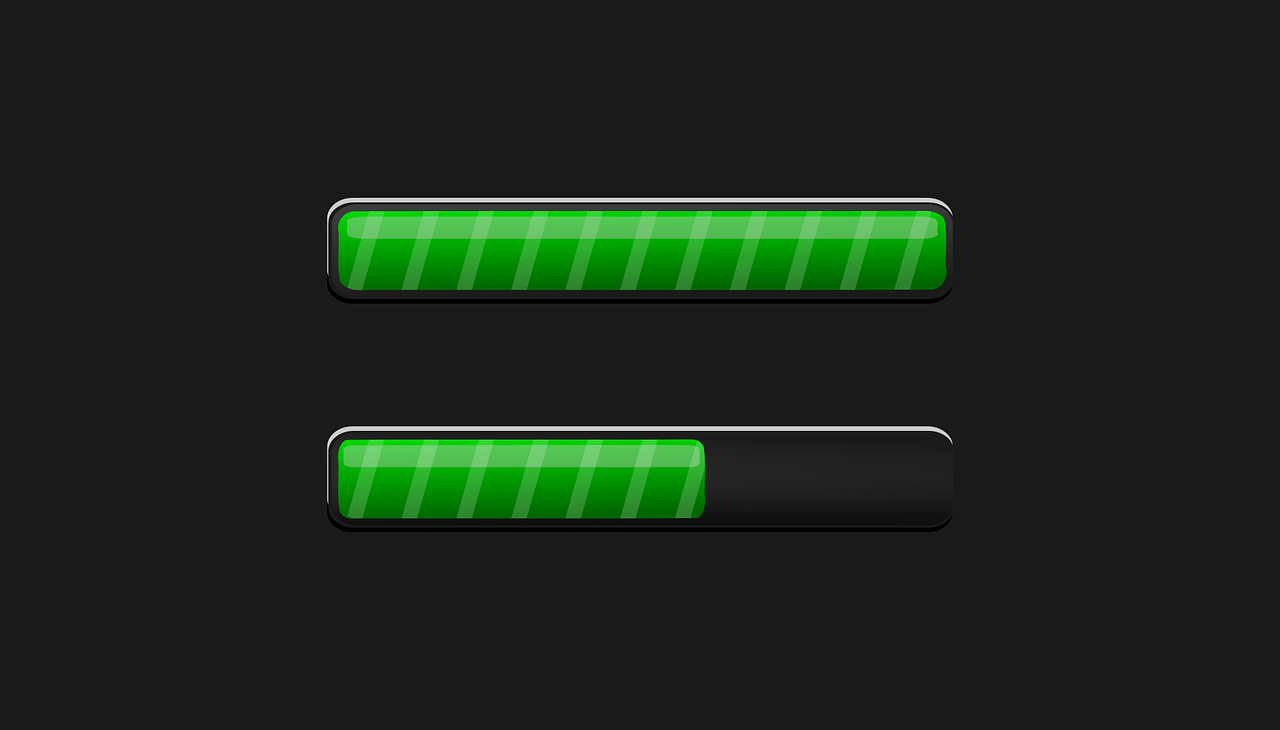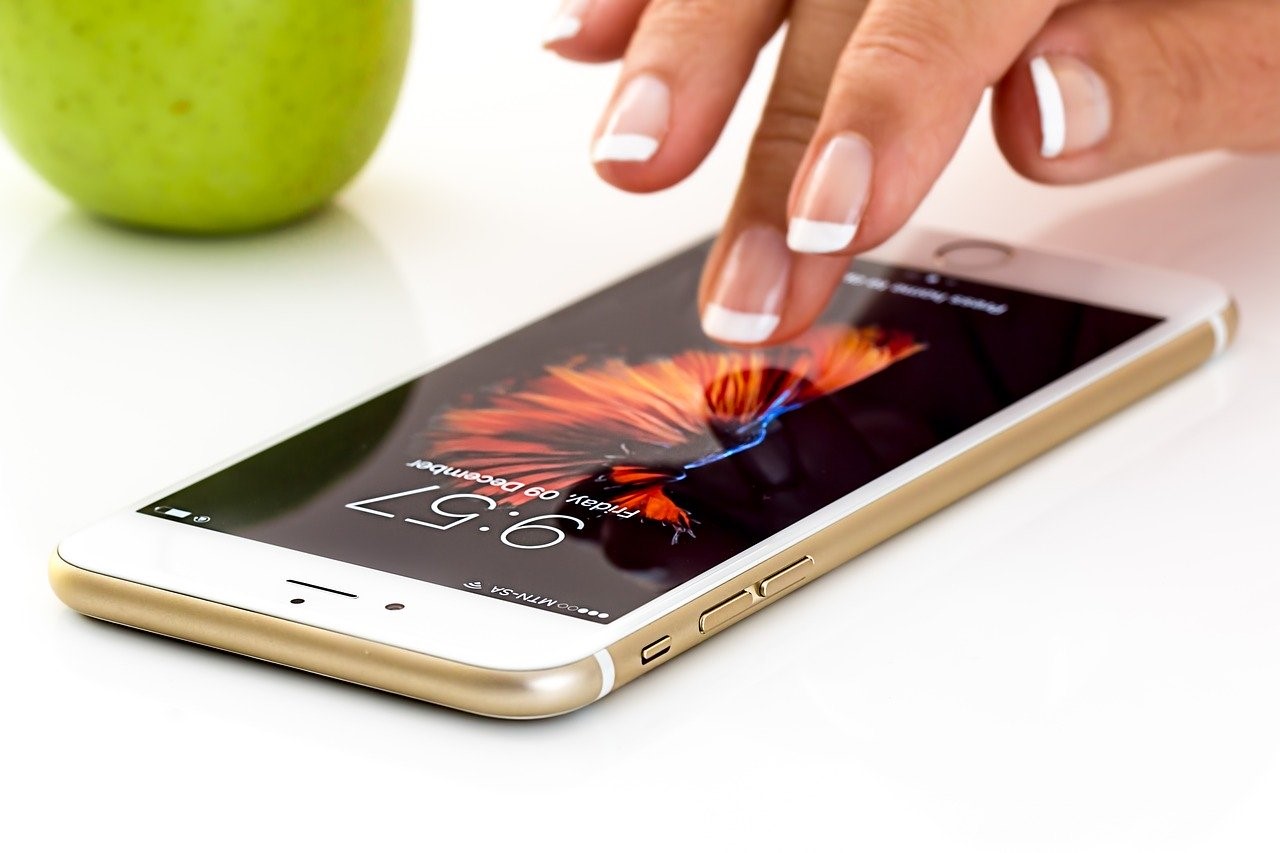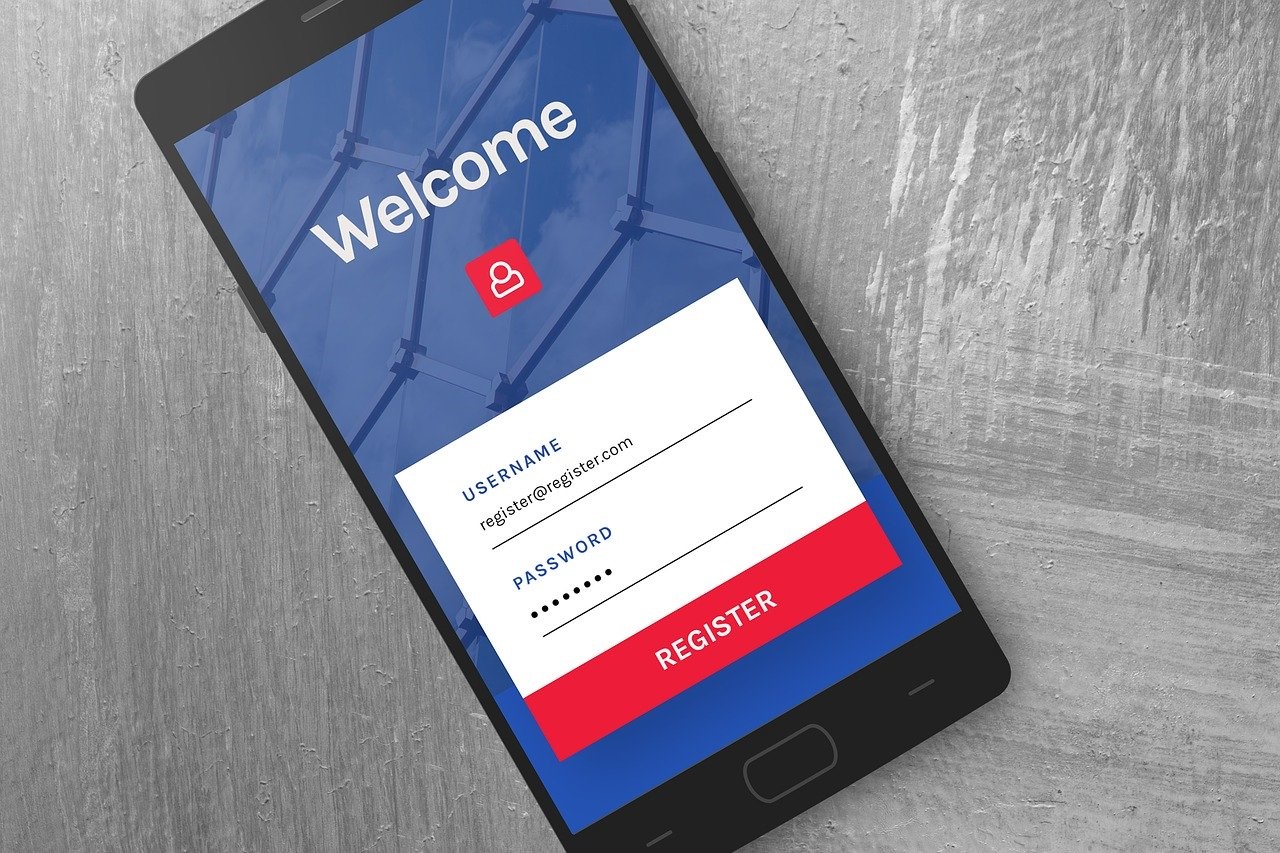When looking for a good idea for a profitable venture, a large number of people turn to mobile app design. This isn’t a surprise, as the app market is huge and keeps growing every day with the current number of downloadable apps being 1.847 million on the Apple App store and 2.56 million on Google Play.
However, just because there are millions of applications for people to choose from, that doesn’t mean that all of them are well-designed. Getting your app to a store is easy while finding success takes effort.
To make it in this large market, you need to have a good app creator and know all of the rules of mobile app design. Let’s see what these rules are and how to implement them.
Speed is a necessity

One of the worst things you can do is have any sort of lag. You can have amazing features and the best applications in the world, but if it’s slow-loading, most users won’t even bother to wait to see what it offers.
All successful applications load fast and it’s something users have come to expect. If they have to wait for more than just a few seconds, they will become impatient and switch to a different app.
So what can you do to ensure faster loading? There are a few useful tricks that can help:
- Optimize all images. It’s impossible to design a high-quality app without including some images. They increase user engagement and the apps’ overall aesthetic appeal. But the downside of images is that they can significantly reduce loading time, so it’s important to optimize all of them.
- Prioritize above-the-fold content. Even if you have to include a lot of content in your app, not all of it has to load at once. Prioritize the content that needs to appear as soon as the user enters the application, also known as “above-the-fold content”. As the user scrolls down, the rest of the content can load.
- Limit the number of ads. For most apps, ads are necessary to make a profit, but they also make it lag. If you have to include ads, make sure to limit them as much as possible.
Of course, your application still won’t be able to load instantly, so while the user is waiting, do your best to retain their attention. Avoid using a progress bar or spinning wheel because they can make the load time seem even longer. Instead, incorporate clever animation that distracts and entertains the user.
The user needs to be in control

When designing your app, it’s important to remember that you’re not designing it for yourself, but for the people who will use it. According to online business statistics, 51.6% of internet users use mobile phones and all of those people are used to being in full control of their mobile devices.
That is why your product needs to be easy to use and understand without any confusing and complicated elements.
There are a few things you can do to ensure this:
- All interactive elements have to be predictable. When a user can predict what interactive elements, such as buttons, will do, they feel a strong sense of control. If you put in an element that looks like a button but isn’t clickable, that will only confuse and frustrate your users.
- Clickable elements need to be the right size. Speaking of interactive elements, you need to make them easy to click by leaving enough space between buttons and ensuring they’re the right size. The best practice is to keep them the size of an average finger tap, which is in the span of 14 mm – 15 mm.
- The “back” button needs to function properly. This button is a necessity in all applications, but some developers implement poor design and cause the back button to be very inconvenient. When users click this button, they should only go back one page and not end up back at the app’s home screen.
- Optimize your error messages. Errors are bound to occur when an app is being used. Naturally, an error message appears when that happens. Instead of just telling your users that an error has occurred, explain what happened and what they can do to fix the issue and avoid it in the future.
Navigation needs to be simple and intuitive

There are many dos and don’ts of creating a mobile app, and simple navigation is one of the biggest dos. When someone enters your app, they need to instantly know where to go, what to click, and how to navigate through it intuitively.
To ensure your users will easily navigate through your app, you need to present them with navigation components they’re already familiar with. Android users are used to the navigation drawers while iOS users are familiar with the tab bar.
Here are a few more things you need to know when designing your application’s navigation:
- Never mix patterns. Once you choose the navigation pattern you want to use, be consistent and stick with it. There’s no point in using a side drawer for one part of your app and a tab bar for another because even though users are familiar with both patterns, mixing them up will lead to confusion.
- Tell users where they’re located. For navigation to be successful, people always need to know their current location within an application. You can provide information about the section a user is located in with a simple headline at the top of the layout.
- Keep navigation visible at all times. It’s much easier to see navigation at all times than remember where it is. Don’t cause memory load, but make all options and actions visible at all times, not just when you think the user needs to see them.
- Be careful with gestures. Gesture-driven interfaces seem cool, but there is a big downside to them. Gestures are practically hidden controls and they cause the app’s learning curve to go up. If you want to use gestures, stick to standard ones, and only offer them as a supplement to visible navigation options.
Don’t force users to sign in

A big cause of frustration for people is when they are met with a mandatory sign-in wall when they open an app for the first time. While most users accept this requirement from popular applications such as Instagram or Facebook, they don’t want to see it in apps with low brand recognition.
If registration is necessary for your users to access the core features of your application, then make it clear why users need to sign in and what you will use their data for. When the value proposition isn’t clear, people won’t see the point in giving you their private information.
Additionally, don’t greet customers with the sign-in wall even if it is a step they need to take. First, give them a tour or a free trial of your app so they can experience it first-hand and see what you have to offer. This way, they will be more likely to commit to your app.
Final thoughts
A perfectly designed app is a combination of beautiful elements and flawless functionality, and that is something you need to strive to achieve when you’re creating your application. If you keep in mind the rules of mobile app design you just read about, the end product will be worth all of your effort.


